In a world that often seems obsessed with branding, where companies pour millions into building and promoting their image, a curious phenomenon has emerged. Debranding, the strategic process of simplifying and stripping away branding elements, has gained traction among businesses aiming for a more genuine and authentic connection with their audience.
Debranding is not about destroying a brand but rather redefining it. It involves the deliberate removal of excess branding elements, such as logos, taglines, and overt marketing messages. The idea is to create a more minimalistic and understated brand presence, allowing the core values, products, or services to shine through. The rise of debranding is closely tied to a shift in consumer preferences. In an age of information overload, consumers are becoming increasingly discerning. They are seeking authenticity, transparency, and a deeper connection with the companies they support. In response, some brands are choosing to take a step back, allowing their products or services to speak for themselves.
The Benefits of Debranding
Authenticity: Debranding can convey authenticity. By stripping away superficial branding elements, companies can show they are more focused on delivering value than on creating a flashy image. This authenticity can foster trust and loyalty among consumers.
Minimalism: Minimalist branding can be powerful. Removing clutter and distractions from a brand’s visual identity can make it more memorable and timeless. Think of iconic brands like Apple and Nike, known for their simple yet powerful logos.
Focus on Quality: When a brand de-emphasizes its image, it often places a greater emphasis on the quality of its products or services. This shift can lead to improved product development and customer satisfaction.
Evolving with the Times: As consumer preferences change, brands need to adapt. Debranding allows companies to evolve their image and offerings without the need for a complete rebranding, saving time and resources.
Connecting with a New Audience: Debranding can also help companies reach a different audience. By shedding a dated or exclusive image, a brand can become more inclusive and appealing to a broader demographic.
Real-World Examples of Debranding
McDonald’s: The fast-food giant embarked on a debranding journey by simplifying its iconic golden arches logo. The move signaled a shift toward a more modern and minimalist approach, aligning with evolving consumer preferences.

PepsiCo: PepsiCo’s Tropicana brand underwent a debranding experiment by simplifying its packaging. However, this backfired, as consumers found it difficult to identify their favorite products on the shelf, highlighting the importance of balance in the debranding process.
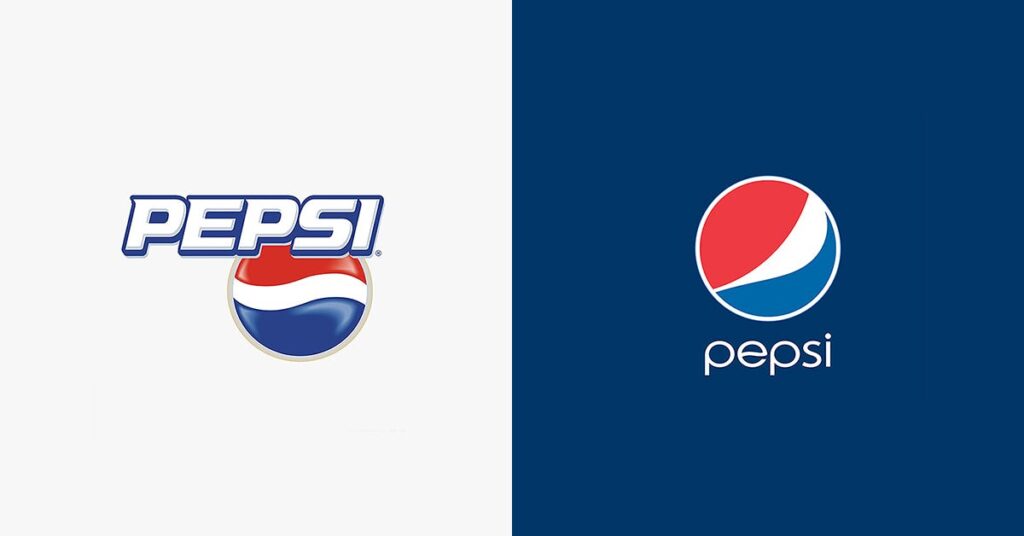
Mastercard: Mastercard made headlines by dropping its name from its logo. The move was a bold example of debranding, as the company sought to create a more iconic and recognizable symbol.
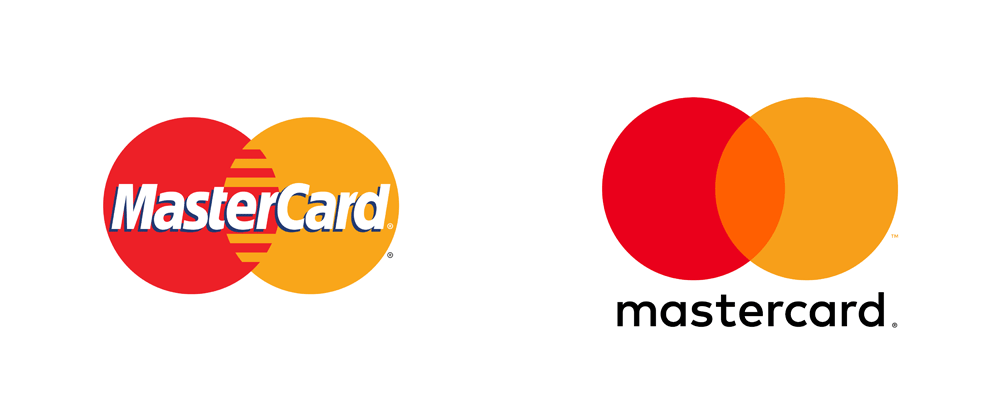
Airbnb: Airbnb simplified its logo and branding to create a more inclusive and welcoming image. The move reflected the company’s commitment to providing unique and local travel experiences.

Here are more….
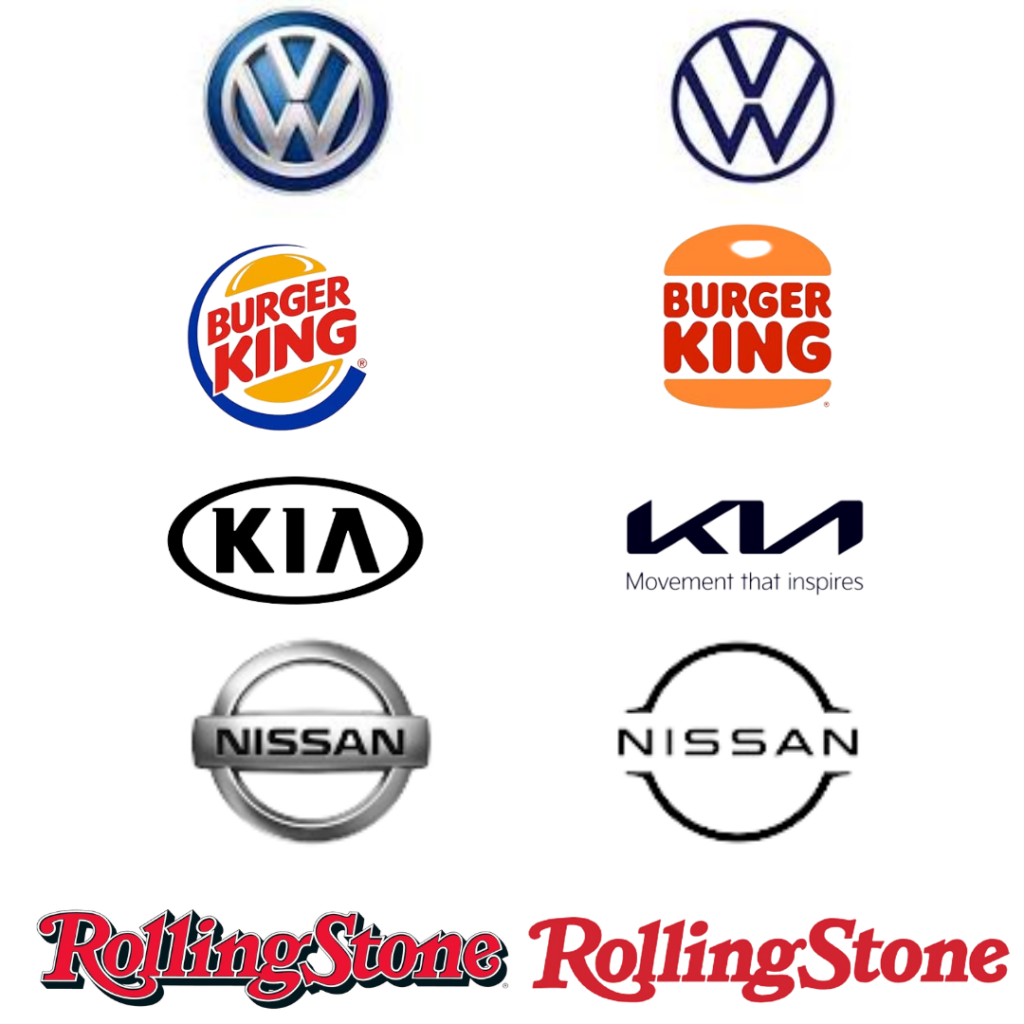
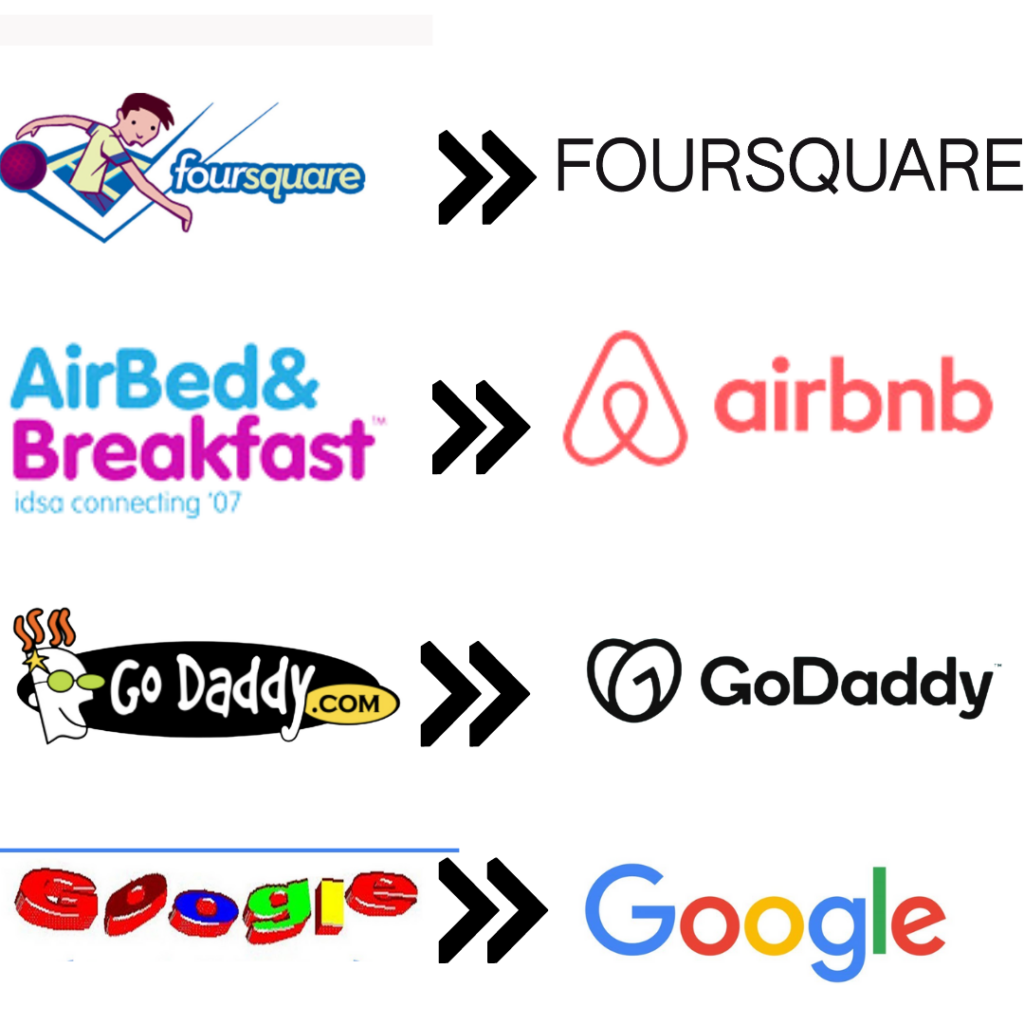
The Challenges of Debranding
Debranding is not without its challenges. Stripping away branding elements can confuse existing customers and create resistance among employees who identify strongly with the brand. Companies must carefully navigate these challenges to ensure a successful transition.
Debranding is a strategy that reflects the changing landscape of branding and consumer preferences. It emphasizes authenticity, minimalism, and a focus on quality. While it may not be suitable for every company, debranding offers a compelling alternative for those seeking to connect more deeply with their audience and evolve with the times. As the business world continues to evolve, debranding is likely to remain a relevant and fascinating aspect of brand management.
We offer logo and branding services to transition your current logo to emphasize authenticity and evolve with time. Contact us here at The Kool Source.
- HubSpot vs. Mailchimp: Which Marketing Platform Is Best in 2025? - September 24, 2025
- Why Human Creativity Still Reigns: 5 Skills AI Can’t Replace (and How to Double Down on Them) - August 29, 2025
- Is the Path to Success Quicker as a Designer in a Marketing Agency or as a Freelancer? - July 29, 2025

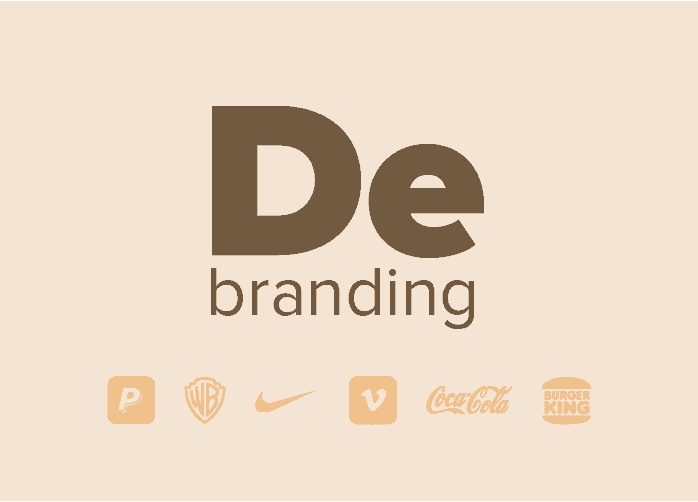
0 Comments